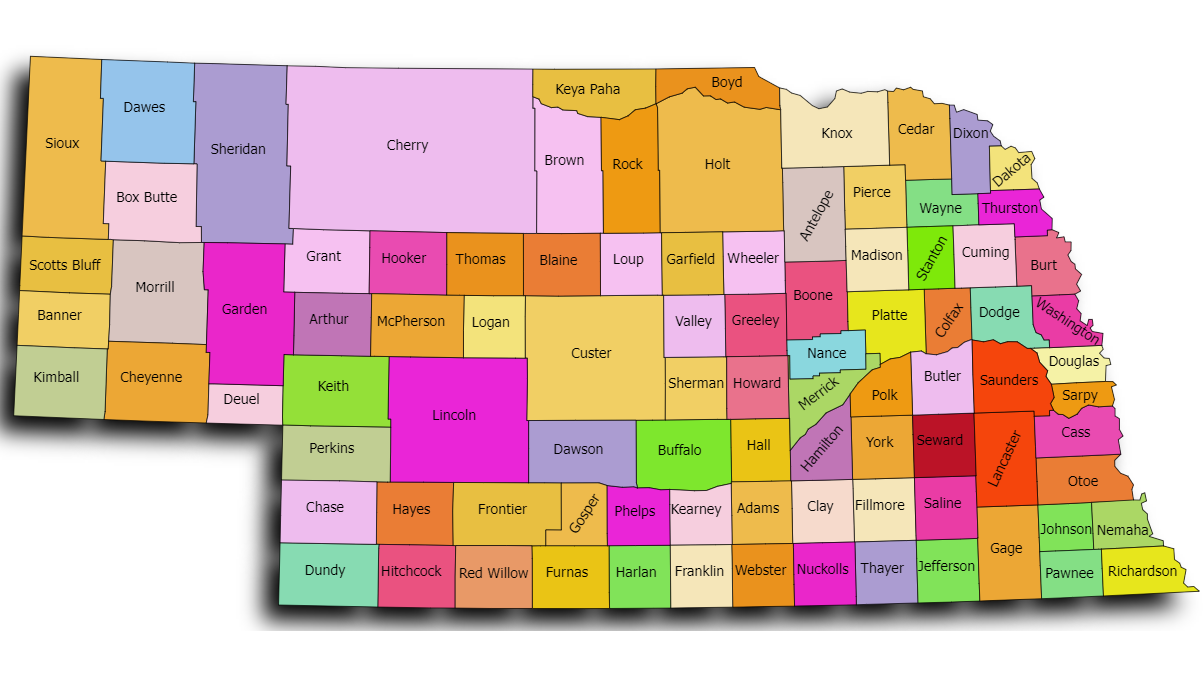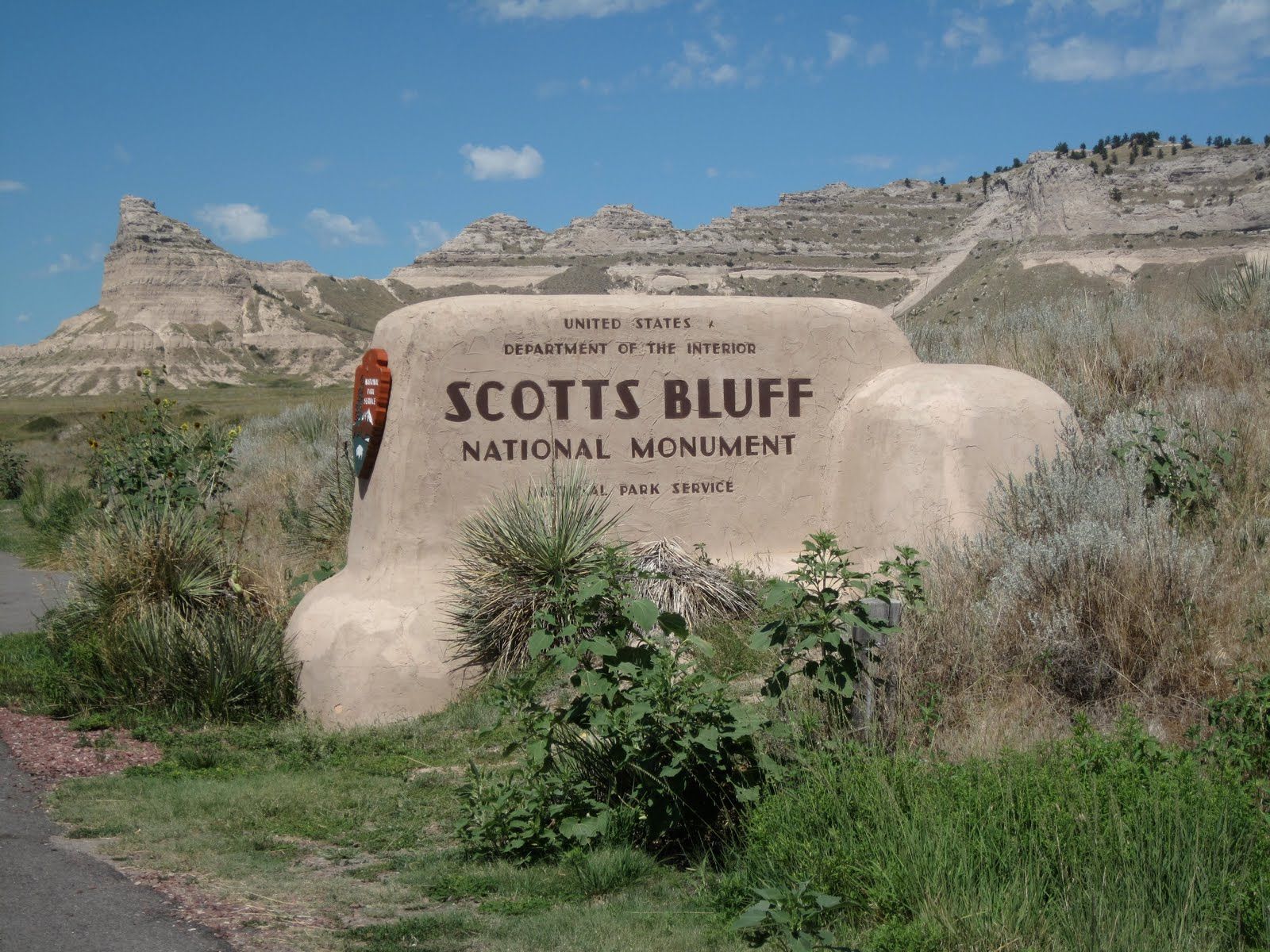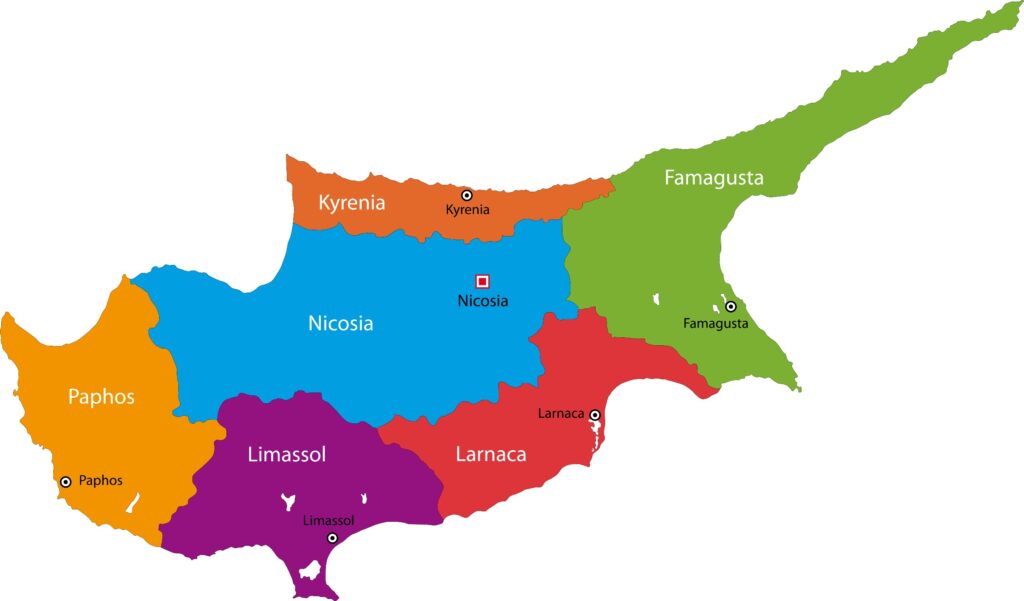Introduction
Welcome to our comprehensive guide to Nebraska, where we’ll explore the state’s geography, history, culture, and more through maps and facts. From the Great Plains to the vibrant cities, Nebraska offers a rich tapestry of landscapes and experiences waiting to be discovered.
Geography of Nebraska
Physical Features Nebraska is characterized by vast plains, rolling hills, and the meandering Platte River. Explore the state’s diverse geography, including the Sandhills region, the Missouri River Valley, and the Panhandle’s rugged terrain.
State Symbols Discover Nebraska’s state symbols, including the state bird (Western Meadowlark), state flower (Goldenrod), and state tree (Cottonwood). These symbols reflect the natural beauty and cultural heritage of the state.
History of Nebraska
Native American Heritage Learn about Nebraska’s indigenous peoples, including the Omaha, Pawnee, and Lakota tribes, who have inhabited the region for thousands of years. Explore their rich cultural traditions and historical significance.
Pioneer Settlement Trace the history of European exploration and settlement in Nebraska, from the Lewis and Clark Expedition to the establishment of fur trading posts and pioneer settlements along the Oregon and Mormon Trails.
Economy and Industry
Agriculture Nebraska’s economy is heavily reliant on agriculture, with the state known as the “Cornhusker State” for its vast cornfields. Explore the importance of agriculture in Nebraska, including corn, soybeans, beef cattle, and pork production.
Industry and Innovation Discover Nebraska’s diverse industries, including manufacturing, transportation, and information technology. Learn about major companies headquartered in Nebraska and the state’s contributions to innovation and technology.
Cities and Landmarks
Omaha Explore Nebraska’s largest city, Omaha, known for its cultural attractions, historic neighborhoods, and vibrant dining scene. Visit landmarks such as the Old Market, Henry Doorly Zoo, and Bob Kerrey Pedestrian Bridge.
Lincoln Discover the state capital, Lincoln, home to the University of Nebraska and iconic landmarks such as the Nebraska State Capitol and Sunken Gardens. Explore the city’s history, arts, and collegiate atmosphere.
Outdoor Recreation
State Parks Nebraska boasts numerous state parks and natural areas, offering opportunities for hiking, camping, fishing, and wildlife viewing. Explore destinations such as Chadron State Park, and the Niobrara River.
Aquatic Adventures Discover Nebraska’s lakes, rivers, and reservoirs, perfect for boating, kayaking, and water sports. From Lake McConaughy to the Platte River, Nebraska’s waterways offer endless opportunities for outdoor recreation.
Conclusion
In conclusion, Nebraska’s maps and facts offer a glimpse into the state’s diverse landscapes, rich history, and vibrant culture. Whether exploring the Great Plains or strolling through downtown Omaha, Nebraska invites visitors to discover its unique charm and hospitality.
What are 5 interesting facts about Nebraska?
Nebraska is known as the “Cornhusker State” due to its vast cornfields, it’s home to the world’s largest hand-planted forest, the Nebraska National Forest, it’s the birthplace of the Reuben sandwich, it’s home to the world’s largest rail yard in North Platte, and it’s the only state in the United States with a unicameral legislature.
What is the state of Nebraska famous for?
Nebraska is famous for its agricultural industry, particularly its production of corn, soybeans, beef, and pork. It’s also known for its expansive plains, historical landmarks such as Chimney Rock and Scotts Bluff, and its vibrant cities like Omaha and Lincoln.
What is the region of Nebraska?
Nebraska is located in the Midwest region of the United States, bordered by South Dakota to the north, Iowa to the east, Missouri to the southeast, Kansas to the south, Colorado to the southwest, and Wyoming to the west.
Why is it called Nebraska?
The name “Nebraska” is derived from the Native American Otoe tribe’s word “Ni Btháska,” meaning “flat water” or “broad water,” referring to the Platte River that flows through the state.
What is another name for Nebraska?
Another name for Nebraska is the “Cornhusker State,” a nickname derived from the University of Nebraska’s athletic teams, the Cornhuskers.
What is the main nickname of Nebraska?
The main nickname of Nebraska is the “Cornhusker State,” reflecting the state’s agricultural heritage and the importance of corn production to its economy.
What is the climate in Nebraska?
Nebraska has a diverse climate, with hot summers and cold winters. The eastern part of the state experiences a humid continental climate, while the western part has a semi-arid climate. Tornadoes are common during the spring and summer months.
What are the geographic features of Nebraska?
Nebraska’s geographic features include vast plains, rolling hills, the Sandhills region, the Platte River Valley, and the rugged terrain of the Panhandle. The state is also home to natural landmarks such as Chimney Rock, Scotts Bluff, and the Sandhills.
What language is Nebraska from?
The name “Nebraska” is derived from the Native American Otoe tribe’s language, specifically the word “Ni Btháska,” which means “flat water” or “broad water.”
How many cities are in Nebraska?
Nebraska is home to numerous cities and towns, with its largest cities being Omaha, Lincoln, Bellevue, Grand Island, and Kearney. In total, Nebraska has over 530 incorporated municipalities.
- Hungary Maps & Facts - June 24, 2024
- The Bahamas Maps & Facts - June 13, 2024
- Colombia Maps & Facts - June 12, 2024





